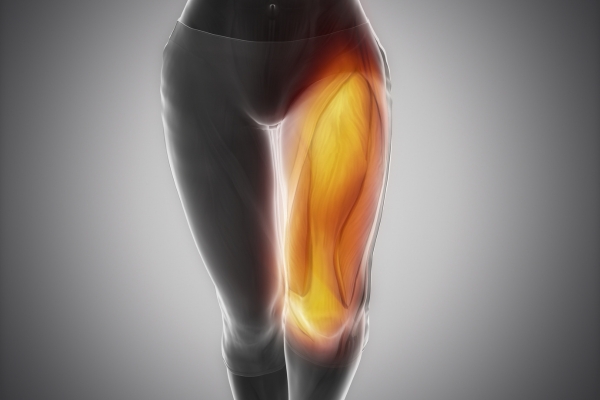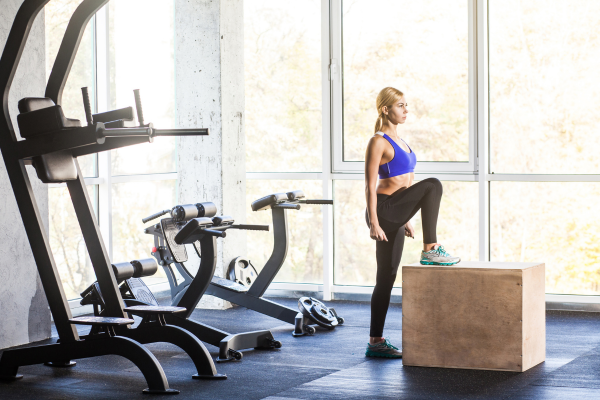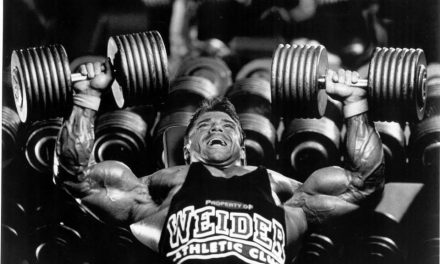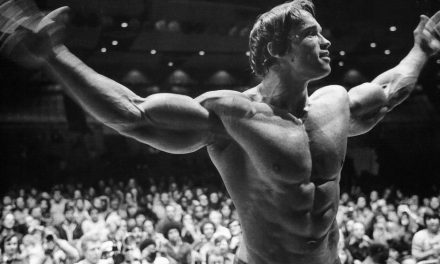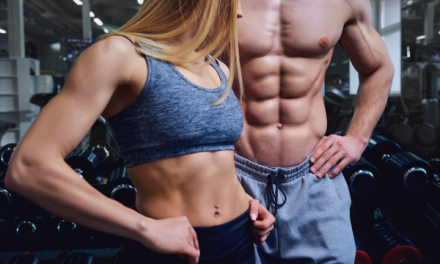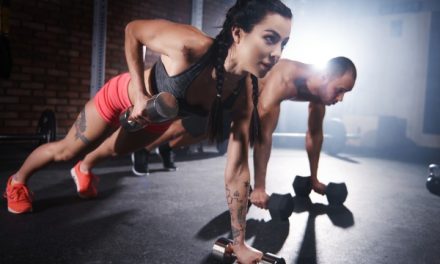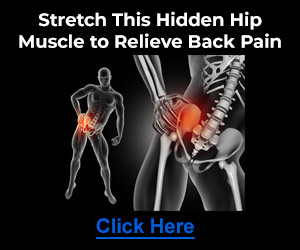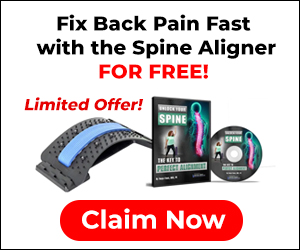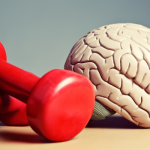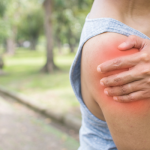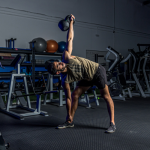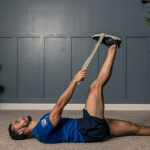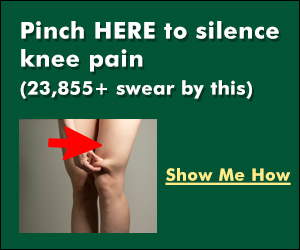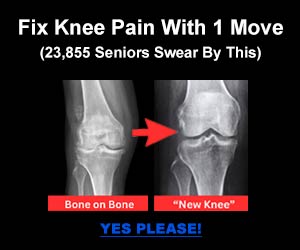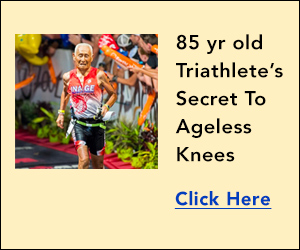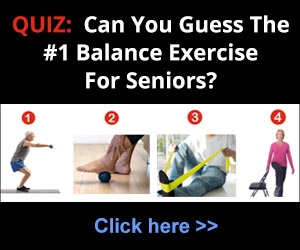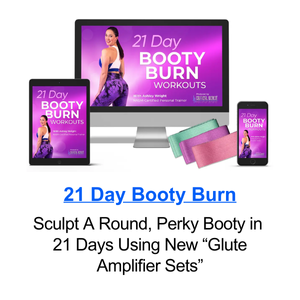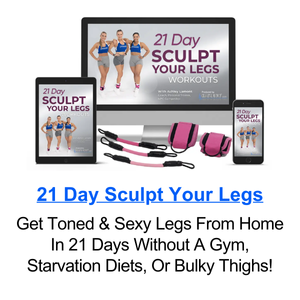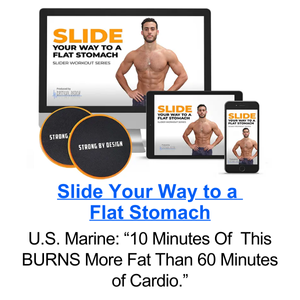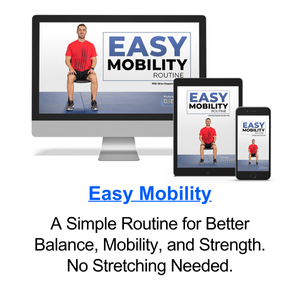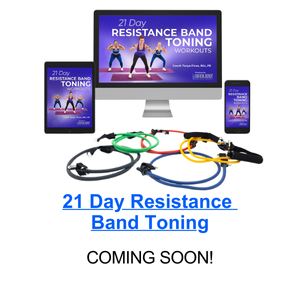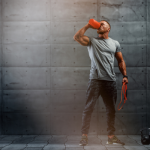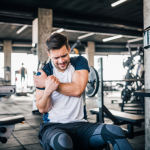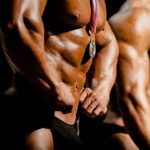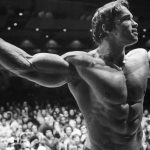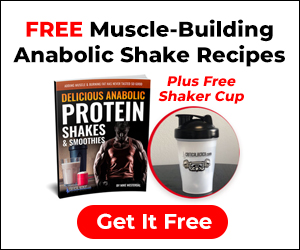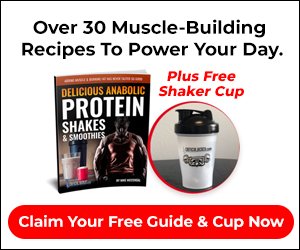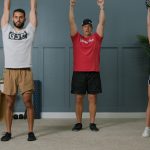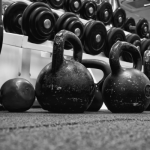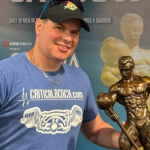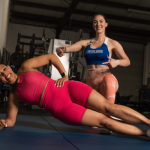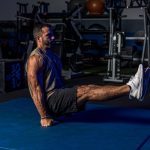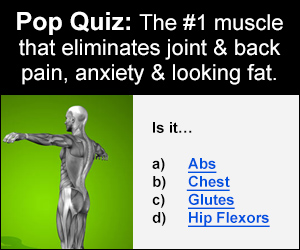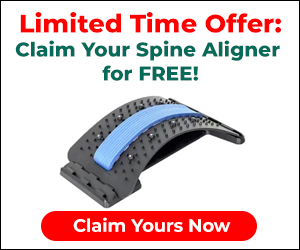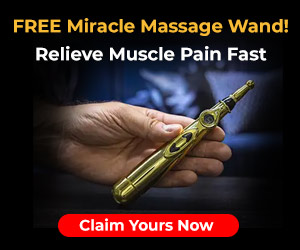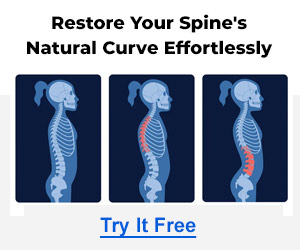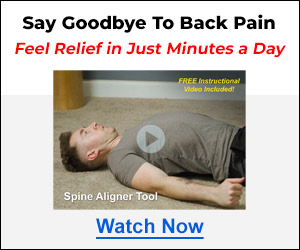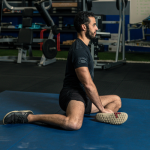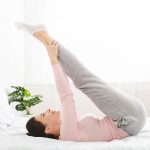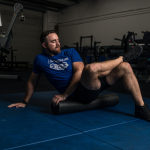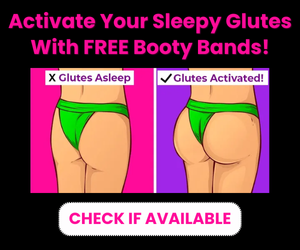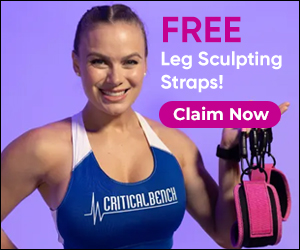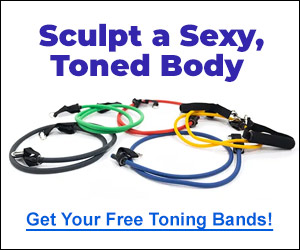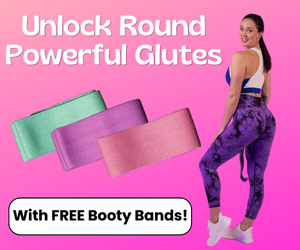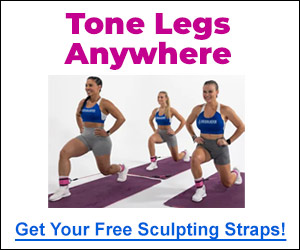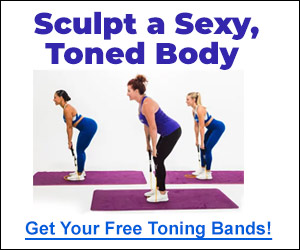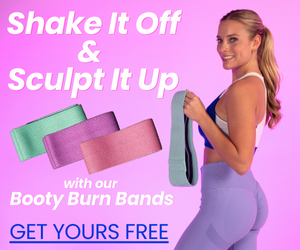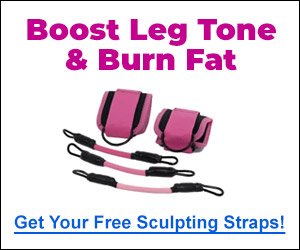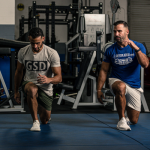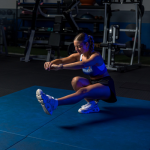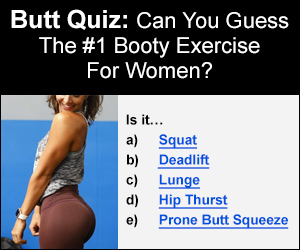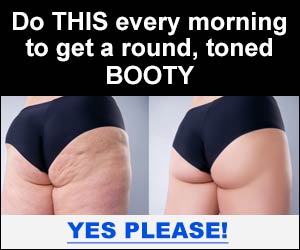Leg sculpting isn’t just about looks—it’s about building a strong foundation.
Well-toned legs improve balance, enhance athletic performance, and reduce injury risks.
Strong legs also make everyday activities, from climbing stairs to lifting, easier and more enjoyable.
In this guide, we’ll cover the best exercises and workouts for building muscle and burning fat in your lower body.
Whether you’re a beginner or a gym regular, you’ll find actionable advice to help you achieve your leg sculpting goals.
Get ready to unlock the full potential of your lower body and start transforming your legs today!
Anatomy of the Leg Muscles
Understanding the anatomy of your leg muscles is crucial for effective leg sculpting.
Let’s explore the key muscle groups—quadriceps, hamstrings, calves, and glutes—their locations, functions, and why they are important.
Quadriceps
The quadriceps, commonly known as the quads, are located at the front of the thigh.
This muscle group consists of four muscles: the rectus femoris, vastus lateralis, vastus medialis, and vastus intermedius.
The quads are crucial for knee extension and play a significant role in activities like walking, running, and jumping.
Strong quads are essential for stabilizing the knee joint, improving athletic performance, and preventing injuries.
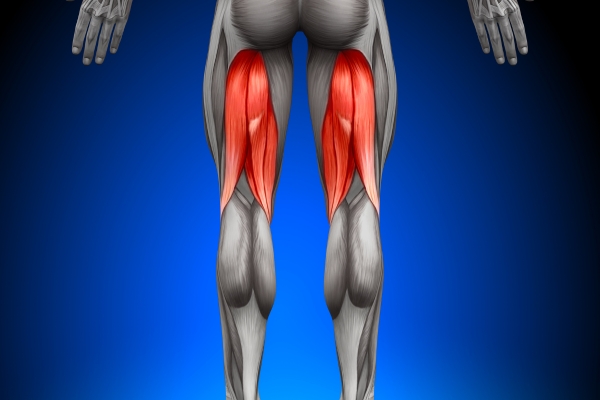
Hamstrings
The hamstrings are located at the back of the thigh and consist of three muscles: the biceps femoris, semitendinosus, and semimembranosus.
These muscles are responsible for knee flexion and hip extension. The hamstrings are vital for movements like sprinting, bending, and lifting.
Well-developed hamstrings contribute to overall leg strength, enhance athletic performance, and reduce the risk of lower back and knee injuries.
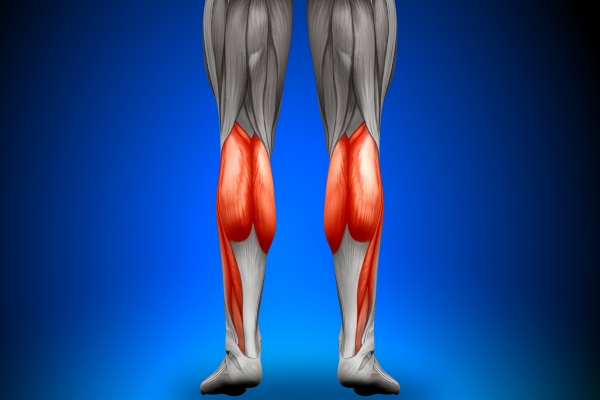
Calves
The calves, situated at the back of the lower leg, are composed of two main muscles: the gastrocnemius and the soleus.
These muscles are crucial for plantarflexion, which involves pointing the toes downward.
The calves are essential for activities such as walking, running, and jumping.
Strong calves improve balance and stability, enhance athletic performance, and contribute to overall lower body strength.
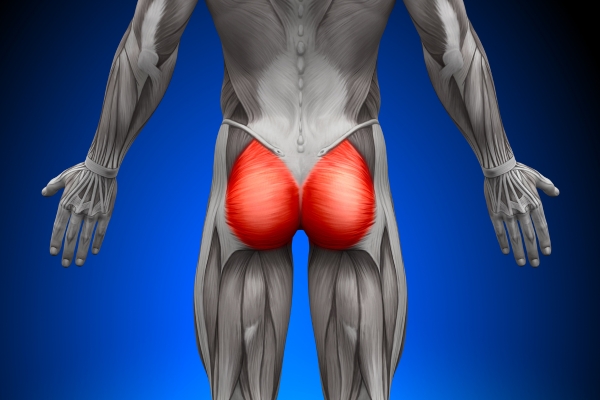
Glutes
The glutes, or gluteal muscles, are located in the buttocks and consist of three muscles: the gluteus maximus, gluteus medius, and gluteus minimus.
These muscles are responsible for hip extension, abduction, and rotation.
The glutes are crucial for movements like squatting, running, and climbing.
Strong glutes contribute to better posture, enhanced athletic performance, and a reduced risk of lower back and hip injuries.
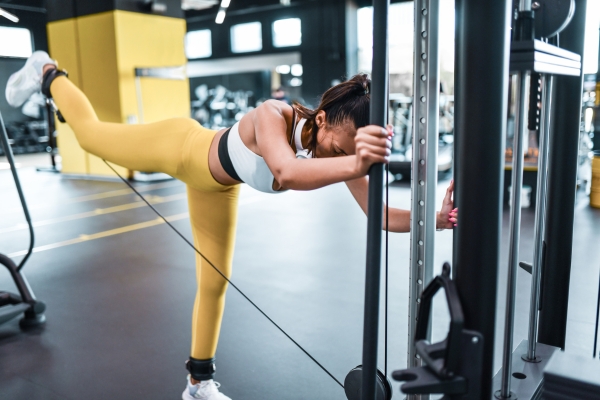
How to Get Sculpted Legs
Ready to transform your legs into sculpted works of art?
Here’s a step-by-step guide to the best practices for sculpted legs.
Warm Up Before Workouts
Warming up is an important but often overlooked step before any workout.
It increases blood flow to your muscles, reduces the risk of injury, and enhances overall performance.
A good warm-up should include dynamic stretches and light cardio exercises such as brisk walking, jogging, or jumping jacks.
This not only prepares your muscles and joints for the workout but also mentally primes you for the exercises ahead.
Focus on Proper Form and Technique
Using proper form and technique is essential to maximize the effectiveness of your exercises and prevent injuries.
When performing exercises like squats, lunges, and deadlifts, ensure your body is aligned correctly, and movements are controlled.
If you’re unsure about your technique, it can be beneficial to work with a fitness trainer who can provide personalized guidance.
Alternatively, watching instructional videos from reputable sources like Critical Bench can also help you understand the correct form.
Include a Variety of Exercises
Incorporating a variety of exercises into your routine is crucial for comprehensive leg development.
This approach ensures that all major leg muscles are engaged and prevents muscle imbalances.
(We’ll be covering a complete list of leg sculpting exercises and workouts below!)
Allow for Adequate Recovery Time
Recovery is where your muscles grow and strengthen.
It’s essential to allow your muscles adequate time to repair between intense leg workouts.
Typically, having at least one rest day between leg-focused sessions is recommended.
During rest days, light activities such as walking or gentle stretching can aid in recovery without straining your muscles.
Balance Strength Training with Flexibility and Mobility Work
Flexibility and mobility exercises are vital to maintain a full range of motion and prevent stiffness.
Incorporating activities such as yoga, Pilates, or dedicated stretching sessions into your weekly routine can significantly enhance your flexibility and joint mobility.
These practices help prevent injuries and improve overall performance in strength training exercises.
Add Plyometrics
Incorporating plyometric exercises like box jumps and jump squats can boost your power and muscle definition.
These explosive movements engage fast-twitch muscle fibers, enhancing your overall leg strength and agility.
Focus on the Eccentric Phase
Emphasizing the eccentric (lowering) phase of exercises such as squats can increase muscle tension and promote growth.
Slow down the descent to maximize the benefits.
Use Isometric Holds
Including isometric holds, where you pause at the bottom of a squat or lunge, can build endurance and muscle definition.
This technique keeps your muscles under tension for longer periods, promoting strength gains.
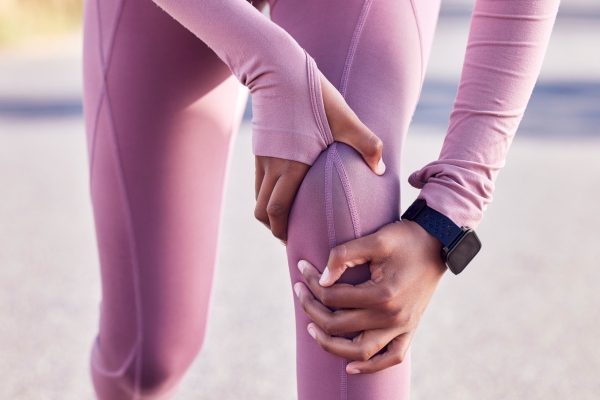
Worst Practices for Sculpted Legs
Here are some of the things you DON’T want to do when it comes to a leg-focused workout:
Skip Warm-Up and Cool-Down Sessions
Skipping warm-up and cool-down sessions is a common mistake that can lead to injuries and prolonged muscle soreness.
Warm-ups prepare your muscles for the workout, while cool-downs help your body gradually return to a resting state.
Always spend at least 5-10 minutes on each to ensure your body is adequately prepared and recovered.
Neglect Any Muscle Groups
Focusing only on certain muscle groups, like the quads or hamstrings, can lead to imbalances and potential injuries.
Ensure your workout routine targets all major leg muscles, including the glutes and calves.
Balanced training promotes overall leg strength and aesthetic symmetry.
Overtrain or Push Through Pain
Overtraining can lead to injuries, burnout, and decreased performance.
It’s crucial to listen to your body and allow adequate rest between workouts.
Additionally, pushing through pain can exacerbate injuries.
Pain is a signal from your body that something might be wrong—don’t ignore it.
If you experience persistent pain, seek medical advice.
Ignore the Importance of Nutrition and Hydration
Proper nutrition and hydration are essential for muscle growth and recovery.
Muscles need adequate fuel to repair and grow, so maintain a balanced diet rich in protein, healthy fats, and carbohydrates.
Staying hydrated supports muscle function and recovery, so drink plenty of water throughout the day.
Rely Solely on Cardio for Leg Sculpting
While cardio is excellent for burning calories and improving cardiovascular health, it’s not enough for leg sculpting.
Strength training is crucial for building and defining leg muscles. Incorporate both cardio and strength training into your routine for the best results.
Long Periods of Sitting
Sitting for extended periods can lead to tight hip flexors and weak glutes.
Stand up and move around regularly to keep your muscles active and prevent stiffness.
Overuse Injuries
Repeating the same exercises without variation can lead to overuse injuries.
Rotate your workouts, and include low-impact activities such as swimming or cycling to prevent strain.
Ignore Sleep
Quality sleep is vital for muscle recovery and overall health.
Aim for 7-9 hours of sleep per night to ensure your body can repair and grow efficiently.
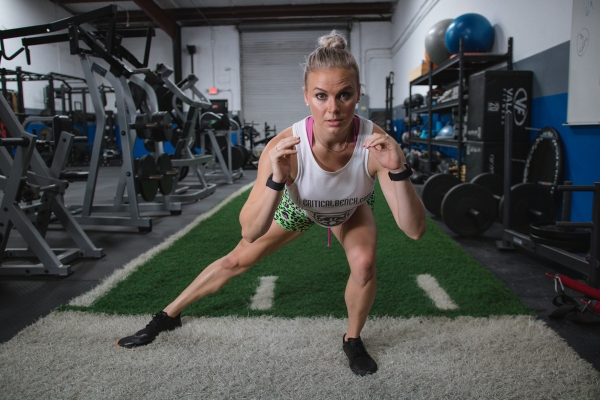
Best Beginner Exercises for Leg Sculpting
Starting your leg sculpting journey with the right exercises is key to building strength and definition effectively.
Here are the best beginner exercises to help you develop strong, sculpted legs while ensuring proper form and technique.
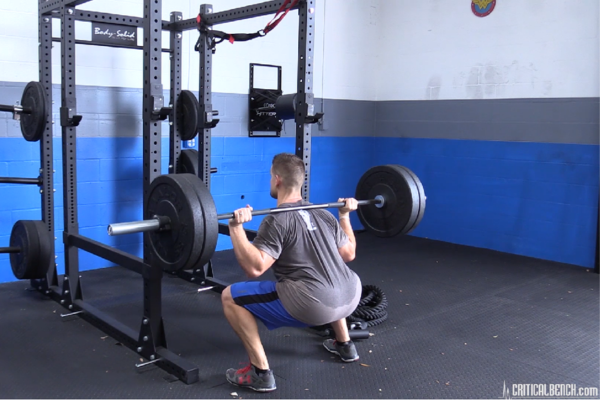
Squats
Squats are a fundamental exercise that targets the quadriceps, hamstrings, glutes, and calves.
They are excellent for building lower body strength and improving overall muscle coordination.
How to Perform Squats:
- Place your feet at shoulder-width distance.
- Initiate the movement by bending your knees and hips, ensuring your chest stays up and your back remains neutral.
- Lower your body until your thighs are parallel to the ground.
- Use your heels to push yourself back to the starting position.
Squat Common Mistakes:
Here are some of the most common squat mistakes:
Allowing knees to cave in: Ensure your knees track over your toes to avoid undue stress on the joints.
Not going low enough: Aim to get your thighs parallel to the ground for full muscle engagement.
Lifting heels off the ground: Keep your heels planted firmly to maintain balance and proper form.
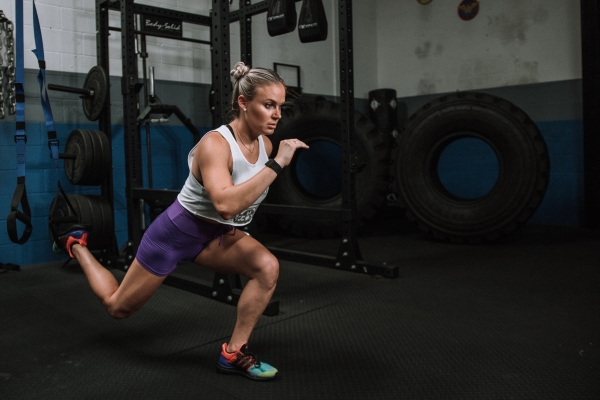
Lunges
Lunges target the quadriceps, hamstrings, glutes, and calves, improving balance, coordination, and lower body strength.
How to Perform Lunges:
- Stand upright with feet hip-width apart.
- Step forward with one leg and lower your hips until both knees are bent at a 90-degree angle.
- Ensure your front knee is directly above your ankle.
- Push through the heel of the front foot to return to the starting position.
Lunge Common Mistakes
Here are some of the most common lunge mistakes:
Knee extending past toes: Keep your knee aligned with your ankle to protect your joints.
Leaning forward: Maintain an upright posture to engage the correct muscles.
Lack of balance: Focus on controlled movements and engage your core for stability.
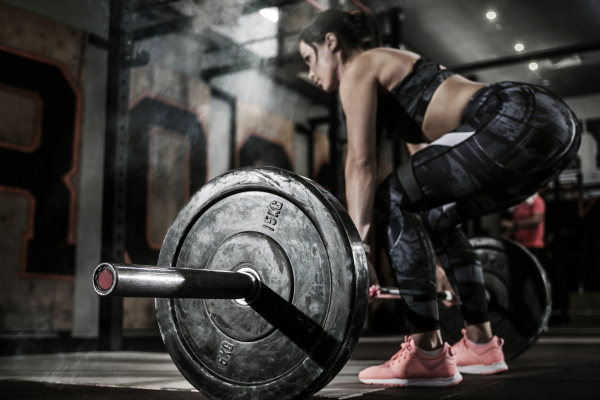
Deadlifts
Deadlifts are a powerful exercise that primarily targets the hamstrings, glutes, lower back, and core, enhancing overall strength and posture.
How to Perform Deadlifts:
- Stand with feet hip-width apart and a slight bend in your knees.
- Hold the barbell or dumbbells in front of your thighs.
- Hinge at the hips, keeping your back straight, and lower the weights to mid-shin level.
- Return to the starting position by driving your hips forward and standing tall.
Deadlift Common Mistakes:
Here are common deadlift mistakes:
Rounding the back: Keep your spine neutral to avoid injury.
Using too much weight: Start with a manageable weight to maintain proper form.
Improper hip hinge: Focus on hinging at the hips rather than bending at the waist.
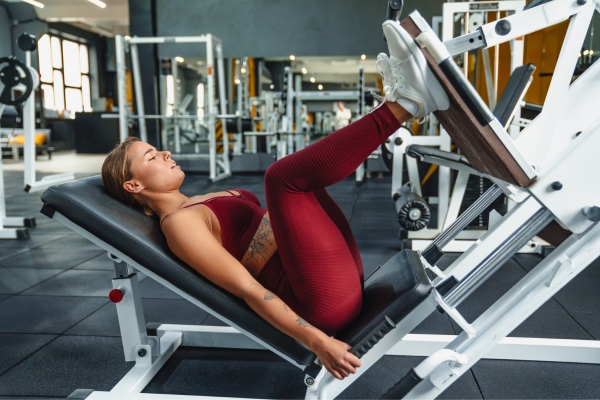
Leg Press
The leg press targets the quadriceps, hamstrings, and glutes, providing a controlled environment to build lower body strength.
How to Perform Leg Presses:
- Sit on the leg press machine with feet shoulder-width apart on the platform.
- Lower the platform by bending your knees to a 90-degree angle.
- Push through your heels to return to the starting position.
Leg Press Common Mistakes:
Here are some of the most common leg press mistakes:
Placing feet too high or low: Ensure your feet are positioned to target the desired muscles and avoid joint strain.
Locking knees: Keep a slight bend in your knees at the top of the movement to protect your joints.
Limited range of motion: Use a full range of motion to fully engage the muscles.
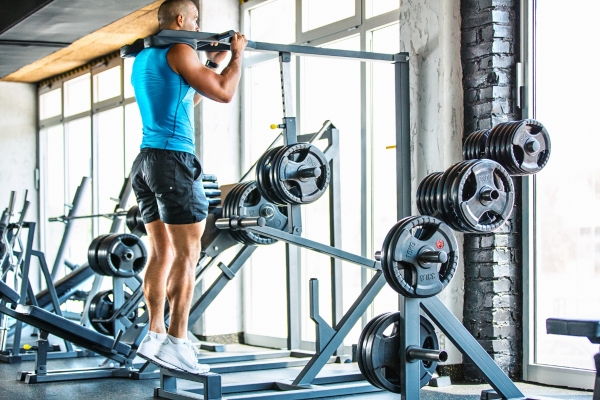
Calf Raises
Calf raises strengthen the calf muscles, improving lower leg strength and stability.
How to Perform Calf Raises:
- Stand with your feet hip-width apart and your toes on the edge of a step or platform.
- Raise your heels as high as possible, then slowly lower them back down.
Calf Raise Common Mistakes:
Here are the calf raise mistakes you want to avoid:
Using momentum: Perform the movement slowly and controlled.
Not using full range of motion: Fully extend and lower your heels for maximum benefit.
Uneven weight distribution: Keep your weight evenly distributed across both feet.
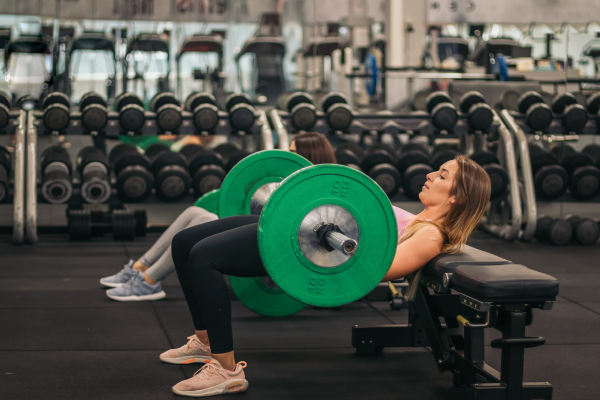
Glute Bridges / Hip Thrusts
These exercises target the glutes, hamstrings, and lower back, enhancing hip strength and stability.
How to Perform Glute Bridges / Hip Thrusts:
- Lie on your back with knees bent and feet flat on the ground.
- Lift your hips until your body forms a straight line from shoulders to knees.
- Squeeze your glutes at the top, then lower back down.
Glute Bridges / Hip Thrusts Common Mistakes:
Here are the mistake you don’t want to make when performing glute bridges or hip thrusts:
Hyperextending the back: Stop when your body is in a straight line to avoid lower back strain.
Improper foot placement: Keep your feet flat and close enough to your body to engage the glutes.
Not engaging glutes: Focus on squeezing your glutes throughout the movement.
Step-Ups
Step-ups are a functional exercise that targets the quadriceps, hamstrings, glutes, and calves, improving balance and coordination.
How to Perform Step-Ups:
- Stand in front of a bench or step.
- Step onto the platform with one foot, then bring the other foot up to stand tall.
- Step back down with the same leg and repeat.
Step-Ups Common Mistakes:
Don’t make these step-ups mistakes:
Using momentum: Control the movement to maximize muscle engagement.
Improper step height: Choose a height that allows you to step up without leaning forward excessively.
Not engaging the core: Keep your core tight to maintain balance and proper form.
Advanced Leg Exercises for Sculpting
Ready to take your leg workouts to the next level?
Here are some advanced exercises that will challenge your strength, balance, and coordination to help you achieve even more defined and powerful legs.
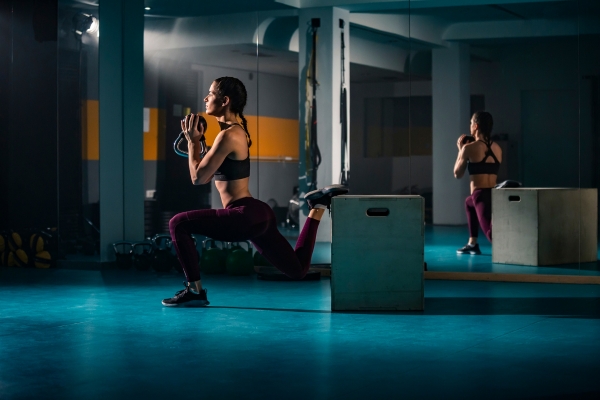
Bulgarian Split Squats
Bulgarian split squats are a challenging unilateral exercise that targets the quadriceps, hamstrings, and glutes. They improve balance, coordination, and lower body strength.
How to Perform Bulgarian Split Squats:
- Position yourself a few feet in front of a bench or step.
- Rest the top of one foot on the bench behind you.
- Lower your hips by bending your front knee until your thigh is parallel to the floor.
- Drive through your front heel to return to the starting position.
Bulgarian Split Squats Common Mistakes:
Avoid these common mistakes of the Bulgarian split squat:
Knee instability: Ensure your front knee tracks over your toes to avoid strain.
Using back leg too much: Focus on using the front leg to lift yourself.
Losing balance: Engage your core and keep your movements controlled.
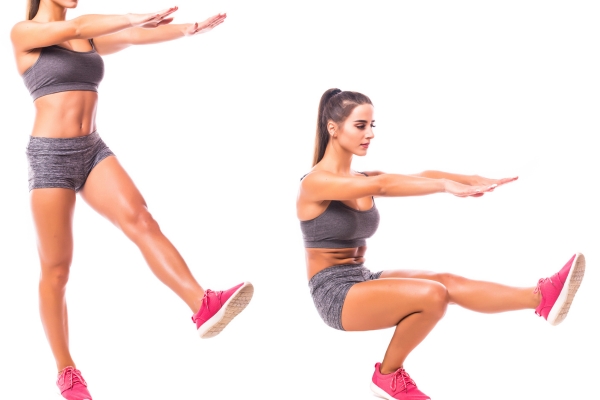
Pistol Squats
Pistol squats are a one-legged squat variation that targets the quadriceps, hamstrings, glutes, and calves. They significantly enhance balance, strength, and flexibility.
How to Perform Pistol Squats:
- Stand on one leg with the other leg extended forward.
- Lower your body into a squat, keeping the extended leg off the ground.
- Push through the heel of the standing leg to return to the starting position.
Pistol Squats Common Mistakes:
Here are some common pistol squat mistakes:
Rounding the back: Keep your spine neutral throughout the movement.
Improper balance: Practice on a stable surface and gradually increase depth.
Using momentum: Perform the movement slowly and controlled.
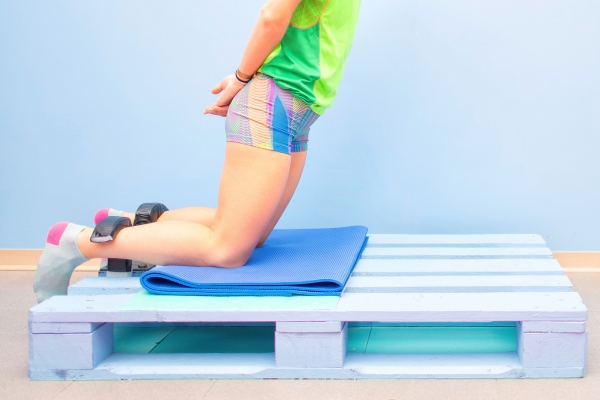
Nordic Hamstring Curls
Nordic hamstring curls are an intense exercise that primarily targets the hamstrings, promoting strength and injury prevention.
How to Perform Nordic Hamstring Curls:
- Kneel on a padded surface with your feet anchored.
- Slowly lower your body forward, keeping your hips extended.
- Use your hamstrings to control the descent and return to the starting position.
Nordic Hamstring Curls Common Mistakes:
Watch out for these Nordic hamstring curl common mistakes:
Not controlling the descent: Focus on a slow and controlled movement.
Using hips too much: Keep your hips extended throughout the exercise.
Improper alignment: Maintain a straight line from head to knees.
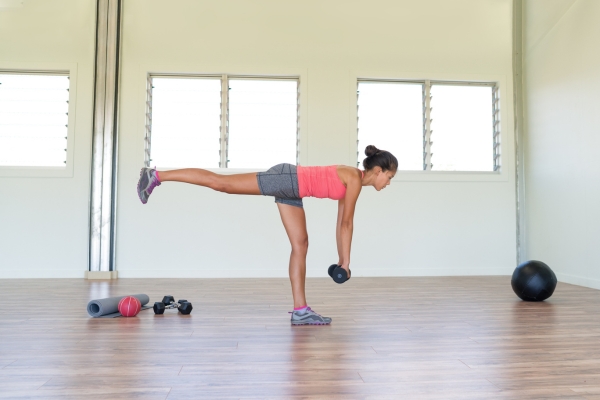
Single-Leg Deadlifts
Single-leg deadlifts target the hamstrings, glutes, and lower back while improving balance and coordination.
How to Perform Single-Leg Deadlifts:
- Stand on one leg with a slight bend in the knee.
- Hinge at the hips, lowering the weight while extending the other leg back.
- Return to the starting position by engaging your glutes and hamstrings.
Single-Leg Deadlift Common Mistakes:
Losing balance: Practice on a stable surface and engage your core.
Rounding the back: Keep your spine neutral throughout the movement.
Improper hip hinge: Focus on hinging at the hips rather than bending at the waist.
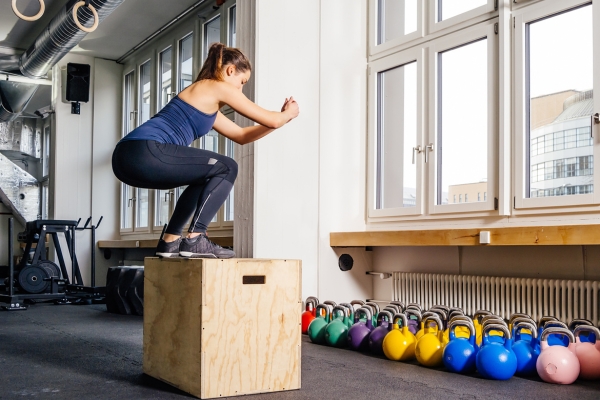
Box Jumps
Box jumps are a plyometric exercise that targets the quadriceps, hamstrings, glutes, and calves, enhancing power and explosiveness.
How to Perform Box Jumps:
- Stand in front of a sturdy box or platform.
- Jump onto the box, using your arms for momentum.
- Land softly with your knees slightly bent.
Box Jumps Common Mistakes:
Don’t make these box jump mistakes:
Landing with straight legs: Always land with a slight bend in your knees to absorb the impact.
Not using arms: Use your arms to help generate power and maintain balance.
Poor landing mechanics: Focus on landing softly and evenly on both feet.
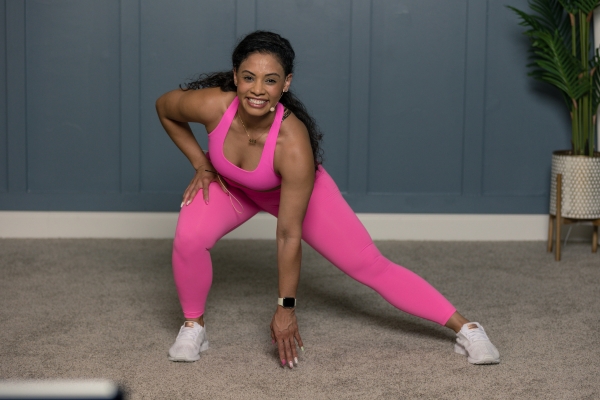
Beginner Leg Sculpting Workout
Dive into leg sculpting with this beginner workout designed to target all major leg muscles.
These foundational exercises will set you on the path to stronger, more defined legs.
Warm-Up Routine
- Leg Swings (forward and side-to-side): 1 set of 10 each leg
- Walking Lunges: 1 set of 10 each leg
- High Knees: 1 set of 30 seconds
- Butt Kicks: 1 set of 30 seconds
Bodyweight Squats:
- Sets: 3
- Reps: 12
- Rest: 45 seconds between sets
Static Lunges:
- Sets: 3
- Reps: 10 each leg
- Rest: 45 seconds between sets
Glute Bridges:
- Sets: 3
- Reps: 15
- Rest: 45 seconds between sets
Calf Raises:
- Sets: 3
- Reps: 15
- Rest: 45 seconds between sets
Step-Ups:
- Sets: 3
- Reps: 10 each leg
- Rest: 45 seconds between sets
Side Leg Raises:
- Sets: 3
- Reps: 15 each leg
- Rest: 45 seconds between sets
Cool-Down Routine
- Hamstring Stretch: 20 seconds each leg
- Quad Stretch: 20 seconds each leg
- Calf Stretch: 20 seconds each leg
- Glute Stretch: 20 seconds each leg
- Deep Breathing: 1 minute
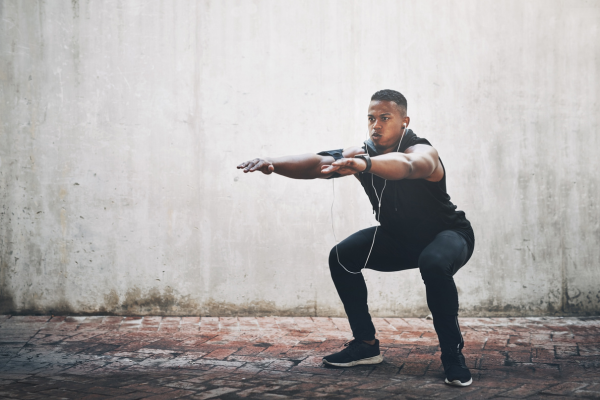
Advanced Leg Sculpting Workout
Ready to elevate your leg sculpting game?
This advanced workout features intense exercises aimed at building strength and maximizing muscle growth.
Warm-Up Routine
- Leg Swings (forward and side-to-side): 2 sets of 10 each leg
- Walking Lunges: 2 sets of 10 each leg
- High Knees: 2 sets of 30 seconds
- Butt Kicks: 2 sets of 30 seconds
Bulgarian Split Squats:
- Sets: 4
- Reps: 12 each leg
- Rest: 60 seconds between sets
Pistol Squats:
- Sets: 3
- Reps: 8 each leg
- Rest: 60 seconds between sets
Nordic Hamstring Curls:
- Sets: 4
- Reps: 10
- Rest: 60 seconds between sets
Single-Leg Deadlifts:
- Sets: 4
- Reps: 10 each leg
- Rest: 60 seconds between sets
Box Jumps:
- Sets: 3
- Reps: 15
- Rest: 60 seconds between sets
Cool-Down Routine
- Hamstring Stretch: 30 seconds each leg
- Quad Stretch: 30 seconds each leg
- Calf Stretch: 30 seconds each leg
- Glute Stretch: 30 seconds each leg
- Deep Breathing: 2 minutes
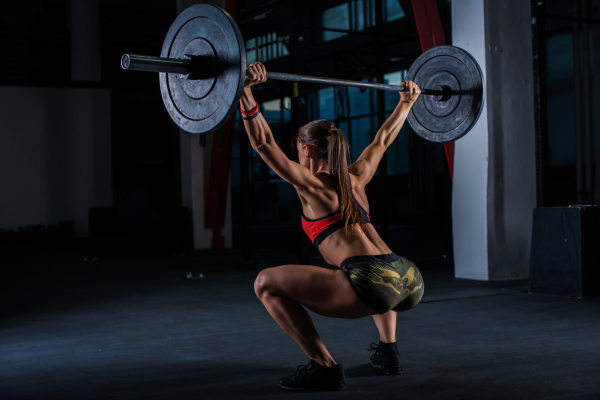
Wrap Up and Key Points to Remember
Effective leg sculpting is more than just achieving a toned and defined lower body—it’s about building strength, improving balance, and enhancing overall fitness.
Whether you’re a beginner starting with foundational exercises or an advanced athlete pushing your limits, the key is consistency, proper technique, and a balanced approach that includes strength training, flexibility work, and adequate recovery.
Remember to listen to your body, avoid common mistakes, and stay committed to your routine.
With the right combination of exercises, nutrition, and recovery, you’ll be well on your way to achieving your leg sculpting goals.
Stay motivated, stay focused, and enjoy the journey to stronger, sculpted legs.
Key Points to Remember
- Warm-Up Before Workouts: Always start with dynamic stretches and light cardio to prepare your muscles and reduce the risk of injury.
- Focus on Proper Form: Ensure correct technique to target the right muscles and prevent injuries.
- Incorporate Variety: Use a mix of exercises like squats, lunges, deadlifts, and calf raises to engage all major leg muscles.
- Allow for Recovery: Give your muscles at least one rest day between intense leg workouts for optimal growth and repair.
- Balance Training: Combine strength training with flexibility and mobility exercises to improve range of motion and prevent stiffness.
- Avoid Common Mistakes: Pay attention to form and technique to avoid knee instability, rounding the back, and improper alignment during exercises.
- Nutrition and Hydration: Support your workouts with a balanced diet rich in protein, healthy fats, and carbohydrates, and stay hydrated.
- Listen to Your Body: Avoid overtraining and pushing through pain. Rest and recover adequately to prevent injuries.
- Use Pro Tips: Incorporate plyometrics, focus on the eccentric phase, and use isometric holds to enhance muscle engagement and growth.
- Effective Recovery Practices: Stretch, foam roll, stay hydrated, and get adequate sleep to support muscle recovery and overall health.
How long does it take to see results?
Results can vary based on factors like your fitness level, diet, and workout intensity.
Typically, you may start to see noticeable improvements in muscle tone and strength within 4-6 weeks of consistent training.
Can I do leg workouts at home without equipment?
Absolutely! Many effective leg exercises can be done at home without any equipment, such as squats, lunges, calf raises, glute bridges, and step-ups.
Bodyweight exercises can provide a great workout and help you build strength and definition.
What should I eat to support leg sculpting?
A balanced diet rich in protein, healthy fats, and carbohydrates is crucial to support muscle growth and recovery.
Focus on lean protein sources like chicken, fish, and legumes, healthy fats like avocados and nuts, and complex carbohydrates like whole grains and vegetables.
Staying hydrated is also essential for optimal performance and recovery.
How do I avoid injuries during leg workouts?
To avoid injuries, always warm up before your workouts and cool down afterward.
Focus on maintaining proper form and technique during exercises, and start with lighter weights or bodyweight before progressing to heavier loads.
Listen to your body and avoid pushing through pain. If you're unsure about your form, consider consulting with a fitness professional.
Can leg sculpting help with weight loss?
Yes, leg sculpting can aid in weight loss.
Strength training exercises for the legs can increase muscle mass, which boosts your metabolism and helps burn more calories even at rest.
Additionally, leg workouts often involve large muscle groups, leading to a higher calorie burn during and after your workout.
How do I deal with muscle soreness?
To manage muscle soreness, ensure you incorporate proper warm-ups and cool-downs in your routine.
Stretching, foam rolling, and staying hydrated can help alleviate soreness.
Additionally, consider incorporating rest days and low-intensity activities like walking or yoga to promote muscle recovery.
Is it okay to train legs if I have knee problems?
If you have knee problems, it's important to consult with a healthcare professional before starting or continuing a leg training program.
Focus on low-impact exercises and ensure proper form to avoid exacerbating any issues.
Strengthening the muscles around the knee, such as the quadriceps and hamstrings, can help provide better support for the joint.
How important is cardio in a leg sculpting routine?
Cardio is important in a leg sculpting routine as it helps improve cardiovascular health, burn calories, and support overall fitness.
Combining cardio with strength training can enhance fat loss and improve muscle definition.
However, strength training remains crucial for building and sculpting leg muscles.
What are the best recovery practices after leg workouts?
Effective recovery practices include cooling down with light stretching and foam rolling to alleviate muscle tightness.
Ensure you get adequate sleep, as it is essential for muscle repair and growth.
Stay hydrated and eat a balanced diet rich in protein to support muscle recovery.
Additionally, consider incorporating active recovery, such as gentle walking or yoga, on rest days to promote blood flow and aid in recovery.

